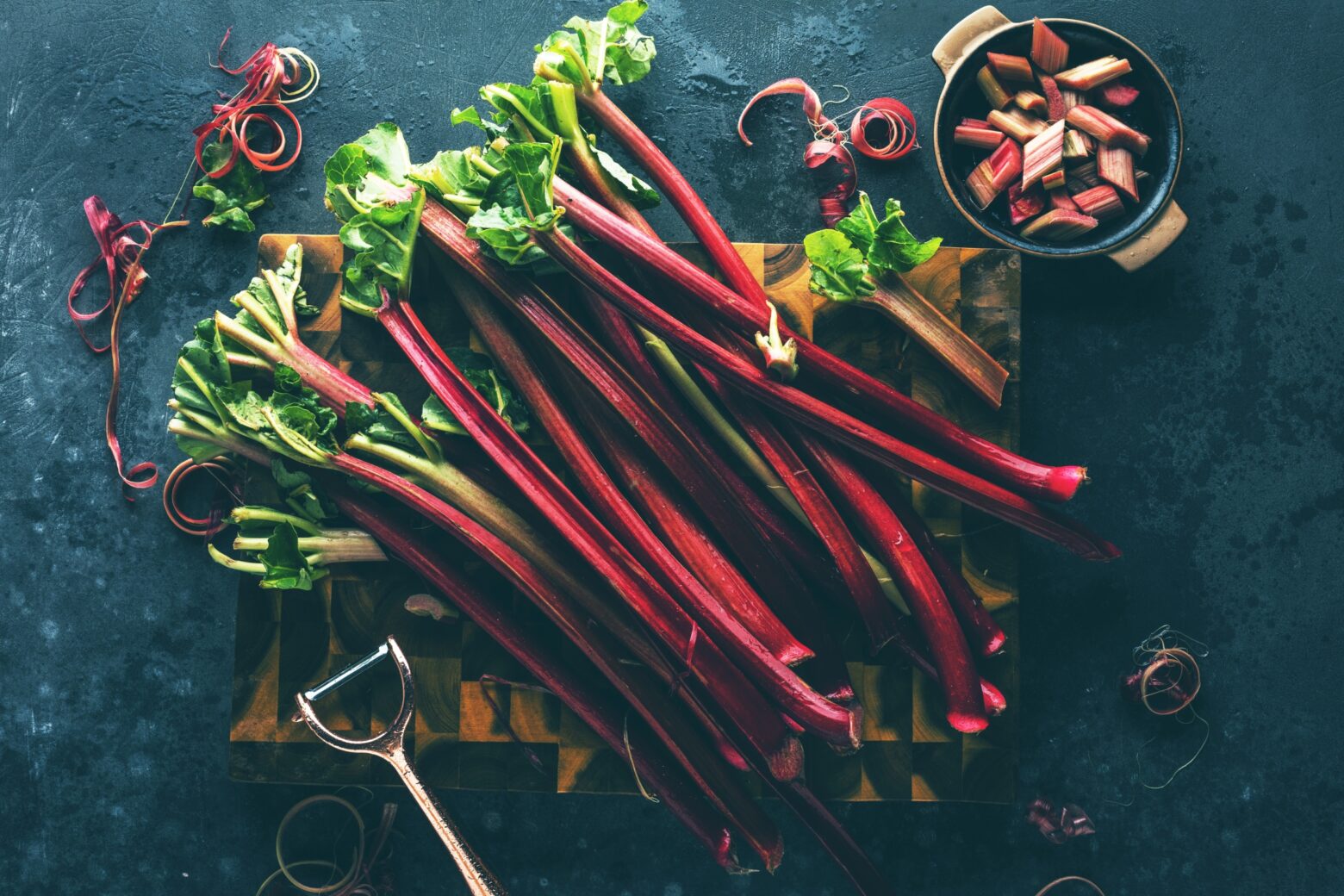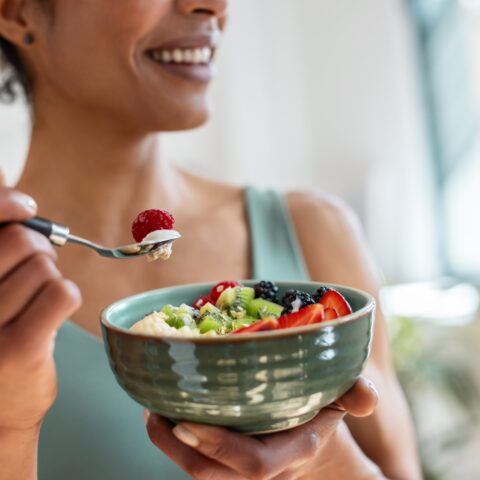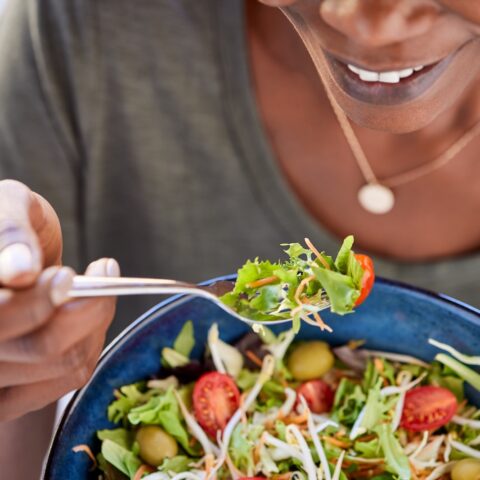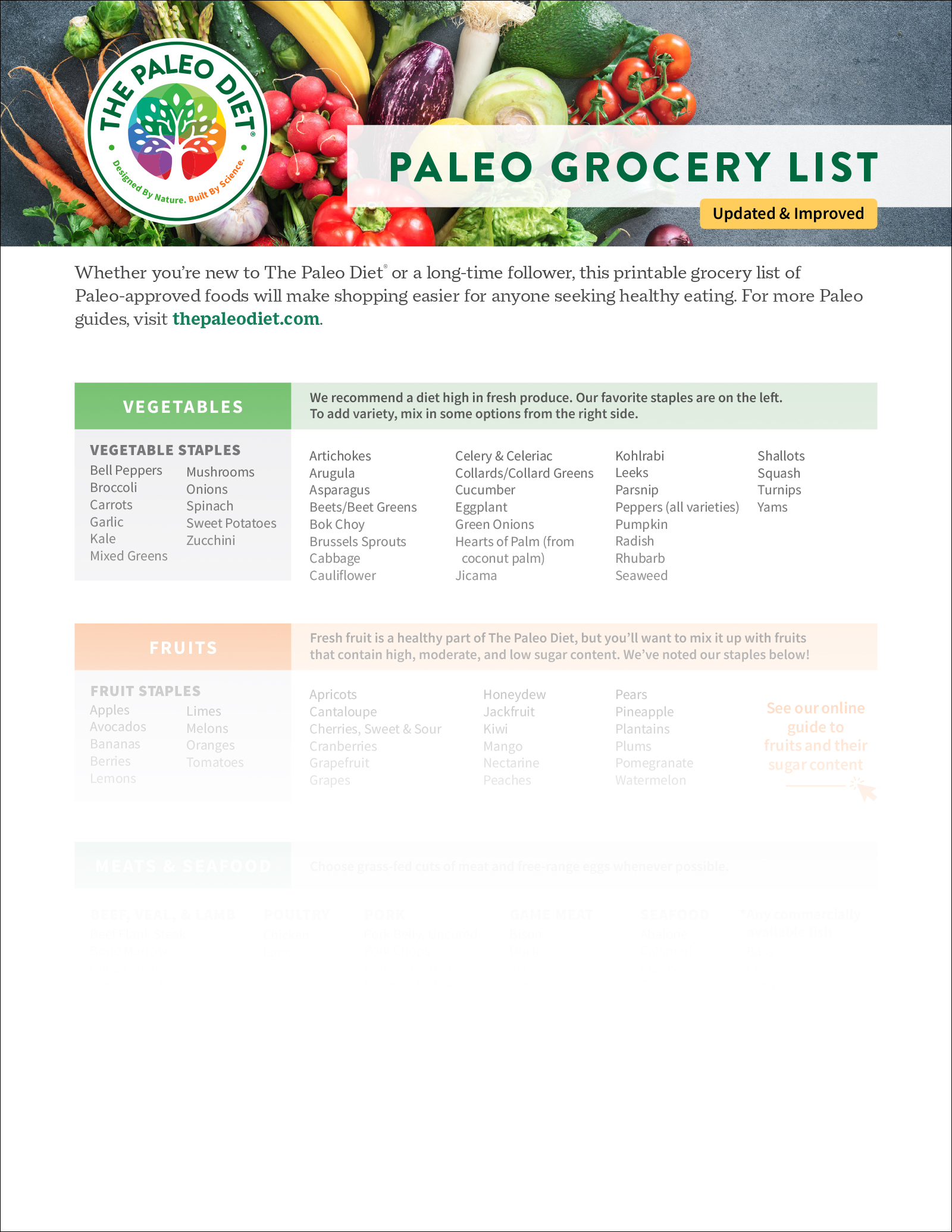Why Rhubarb Is Good for Your Heart, Bones, and Digestion

Rhubarb might be best known as a pie filling, but there’s much more to this tart, vibrant stalk than its role in desserts. Beneath the bold color and tangy bite, rhubarb is packed with nutrients that support digestion, bone health, and overall wellness, making it a hidden gem in the world of nutrition.
If you’ve only ever enjoyed rhubarb in sweets, it’s time to rethink this versatile ingredient. Whether blended into drinks, simmered in savory dishes, or added to breakfast bowls, rhubarb brings a bright, refreshing flavor along with impressive health benefits. Here’s why you should give rhubarb a second look—and how to make the most of its unique taste.
Rhubarb: From Garden to Kitchen
Rhubarb (Rheum rhabarbarum) isn’t just a nutrient-packed ingredient—it’s also a beautiful addition to the garden with its sturdy, colorful stalks and broad, textured leaves. But while the leaves may look striking, they contain relatively high concentrations of oxalic acid and should be avoided by those who have issues with oxalates. [1] Even if that isn’t an issue, when harvesting rhubarb, it is typical to remove and compost the leaves, keeping only the more edible stalks.
This cool-weather perennial thrives in regions where the ground freezes in winter because it requires a prolonged chilling period below 40°F to produce a healthy crop. Once established, rhubarb is easy to care for, needing just compost, consistent watering, and occasional feeding with a continuous-release fertilizer to support steady growth.
Beyond the garden, rhubarb brings a bold, tart flavor to the kitchen. With a crisp texture similar to celery, it’s commonly used in pies, jams, and even cocktails. Though technically a vegetable, it’s often used like fruits in sweet recipes, where its tartness balances the rich flavors. Spring is peak rhubarb season, making it the best time to find fresh stalks at grocery stores and farmers markets, though it’s often available through summer. [2,3]
The Many Health Benefits of Rhubarb
Rhubarb might not be a regular on your plate, but this tart, vibrant stalk is packed with nutrients that support heart, bone, brain, and digestive health—and may even offer cancer-fighting benefits.
Antioxidants & Heart Health
Rhubarb gets its bright red color from anthocyanins, a type of flavonoid also found in berries, red onions, and grapes. [4] These powerful plant compounds act as antioxidants, helping to protect cells and support healthy cell function. Research suggests anthocyanins may play a role in reducing cancer risk and promoting heart health by supporting blood vessel function and regulating blood pressure. [5-7]
Bone & Brain Health
Rhubarb is a great source of vitamin K1, which contributes to bone strength, regulates growth, and aids proper blood clotting. Just half a cup of cooked rhubarb provides over a third of the recommended daily intake of vitamin K1, along with fiber, calcium, and vitamin C—all of which contribute to bone density and immune support. [8-10]
Vitamin K also plays a key role in brain health, protecting neurons from damage. Research suggests it may help reduce inflammation in the brain, potentially lowering the risk of Alzheimer’s disease, stroke, and ALS (amyotrophic lateral sclerosis). [11] Getting enough vitamin K from foods like rhubarb, dark leafy greens, and pumpkin may support long-term cognitive function and overall health. [12]
Digestive Support & Natural Relief
If you struggle with digestive issues, rhubarb’s fiber content and natural laxative properties could offer relief. Rhubarb is a good source of fiber, which adds bulk to stool and helps draw in water, making digestion smoother. Staying hydrated enhances fiber’s benefits, so drinking plenty of fluids is key. [13]
Rhubarb has also been used in traditional Chinese medicine for thousands of years to ease constipation. [14] Modern research confirms that rhubarb contains anthraquinones, natural compounds that stimulate the intestines and promote bowel movements. In one small study, taking powdered rhubarb helped critically ill patients have a bowel movement within two days. [15]
How to Select and Store Rhubarb
When shopping for rhubarb at the grocery store or farmers market, look for firm, crisp stalks with a vibrant red or pink hue. Avoid stalks that are limp or blemished, and if the leaves are still attached, they should look fresh and unwilted. [3] While frozen rhubarb is sometimes available, fresh rhubarb is at its peak during spring and early summer, so take advantage of it when you can.
To keep rhubarb fresh at home, store it unwashed in the refrigerator for up to two weeks. [16] Try loosely wrapping the stalks in paper towels, placing them in an open zip-top bag, or using reusable food wraps to help retain moisture. For longer storage, rhubarb freezes well—simply chop it into pieces and store in an airtight container or freezer bag for months, ready to use whenever in your favorite recipes.
How to Cook with Rhubarb
Rhubarb’s bold, tart flavor makes it a great addition to a variety of dishes. While it’s often associated with sweets, it can also be used in savory recipes, adding brightness to everything from sauces to roasted meats.
When cooking with rhubarb, keep in mind that older, larger stalks can be stringy, like celery. To avoid this, slice rhubarb thinly or peel away any tough outer fibers before cooking.
Here are some simple ways to prepare rhubarb:
- Sautéed or Roasted: Cook rhubarb in a pan with a bit of olive oil or roast it in the oven to mellow its tartness and bring out its natural juices.
- Blended into Soups or Sauces: Rhubarb adds a unique acidity to savory sauces and purees, and pairs well with roasted meats or grilled vegetables.
- Pickled: Pickling rhubarb adds flavor to salads, grain bowls, or lettuce wraps.
- Stir-Fried: Toss thinly sliced rhubarb into stir-fries for a pop of acidity that balances other flavors.
- Simmered into Chutneys or Relishes: Rhubarb works well in chutneys alongside ingredients like ginger, onions, and vinegar—perfect for serving with grilled meats.
By experimenting with different cooking methods, you can highlight rhubarb’s bright, tangy flavor in ways that go beyond the usual preparations.
References
- Rhubarb leaves poisoning: MedlinePlus Medical Encyclopedia [Internet]. Medlineplus.gov. 2017 [cited 2025 Mar 27]. Available from: https://medlineplus.gov/ency/article/002876.htm
- Plants B. How to Grow and Plant Rhubarb [Internet]. Bonnie Plants. 2011. Available from: https://bonnieplants.com/blogs/how-to-grow/growing-rhubarb
- Barranti T. The Ultimate Farmers Market Guide to Rhubarb – Produce Pack [Internet]. Produce Pack – Seasonal Eating and Farmers Market Guide. 2023 [cited 2025 Mar 27]. Available from: https://theproducepack.com/guide-to-rhubarb/
- Xu L, Tian Z, Chen H, Zhao Y, Yang Y. Anthocyanins, Anthocyanin-Rich Berries, and Cardiovascular Risks: Systematic Review and Meta-Analysis of 44 Randomized Controlled Trials and 15 Prospective Cohort Studies. Frontiers in Nutrition. 2021 Dec 15;8. Available from: https://www.frontiersin.org/journals/nutrition/articles/10.3389/fnut.2021.747884/full
- Lin BW, Gong CC, Song HF, Cui YY. Effects of anthocyanins on the prevention and treatment of cancer. British Journal of Pharmacology [Internet]. 2016 Oct 25 [cited 2020 Jan 28];174(11):1226–43. Available from: https://www.ncbi.nlm.nih.gov/pmc/articles/PMC5429338/
- Wallace TC. Anthocyanins in Cardiovascular Disease. Advances in Nutrition [Internet]. 2011 Jan 1 [cited 2019 Dec 5];2(1):1–7. Available from: https://www.ncbi.nlm.nih.gov/pmc/articles/PMC3042791/
- Gonçalves AC, Nunes AR, Falcão A, Alves G, Silva LR. Dietary Effects of Anthocyanins in Human Health: A Comprehensive Review. Pharmaceuticals. 2021 Jul 18;14(7):690. Available from: https://www.mdpi.com/1424-8247/14/7/690
- Rodríguez-Olleros Rodríguez C, Díaz Curiel M. Vitamin K and Bone Health: A Review on the Effects of Vitamin K Deficiency and Supplementation and the Effect of Non-Vitamin K Antagonist Oral Anticoagulants on Different Bone Parameters. Journal of Osteoporosis [Internet]. 2019 Dec 31;2019:1–8. Available from: https://www.hindawi.com/journals/jos/2019/2069176/
- Rhubarb, raw [Internet]. FoodData Central. U.S. Department of Agriculture ; 2019 [cited 2025 Mar 27]. Available from: https://fdc.nal.usda.gov/food-details/167758/nutrients
- Vermeer C. Vitamin K: the effect on health beyond coagulation – an overview. Food & Nutrition Research [Internet]. 2012 Jan;56(1):5329. Available from: https://www.ncbi.nlm.nih.gov/pmc/articles/PMC3321262/
- Jomová K, Raptova R, Alomar SY, Alwasel S, Nepovimova E, Kuca K, et al. Reactive oxygen species, toxicity, oxidative stress, and antioxidants: chronic diseases and aging. Archives of Toxicology [Internet]. 2023 Aug 19;97(10). Available from: https://link.springer.com/article/10.1007/s00204-023-03562-9
- Office of Dietary Supplements – Vitamin K [Internet]. ods.od.nih.gov. Available from: https://ods.od.nih.gov/factsheets/VitaminK-HealthProfessional/
- Bellini M, Tonarelli S, Barracca F, Rettura F, Pancetti A, Ceccarelli L, et al. Chronic Constipation: Is a Nutritional Approach Reasonable? Nutrients [Internet]. 2021 Oct 1;13(10):3386. Available from: https://www.mdpi.com/2072-6643/13/10/3386
- Cao YJ, Pu ZJ, Tang YP, Shen J, Chen YY, Kang A, et al. Advances in bio-active constituents, pharmacology and clinical applications of rhubarb. Chinese Medicine [Internet]. 2017 Dec 28;12. Available from: https://www.ncbi.nlm.nih.gov/pmc/articles/PMC5745730/
- Shimizu K, Kageyama M, Ogura H, Yamada T, Shimazu T. Effects of Rhubarb on Intestinal Dysmotility in Critically Ill Patients. Intern Med. 2018 Feb 15;57(4):507-510. doi: 10.2169/internalmedicine.8878-17. Epub 2017 Nov 20. PMID: 29151499; PMCID: PMC5849545. https://pubmed.ncbi.nlm.nih.gov/29151499/
- Edward. How to store rhubarb: jam, freezing & drying – Plantura [Internet]. Plantura. 2023 [cited 2025 Mar 27]. Available from: https://plantura.garden/uk/vegetables/rhubarb/how-to-store-rhubarb
Maureen Farrar
Maureen Farrar has spent more than 20 years as a writer and editor for several print and digital outlets. She writes about health, fitness and nutrition.
More About The Author



